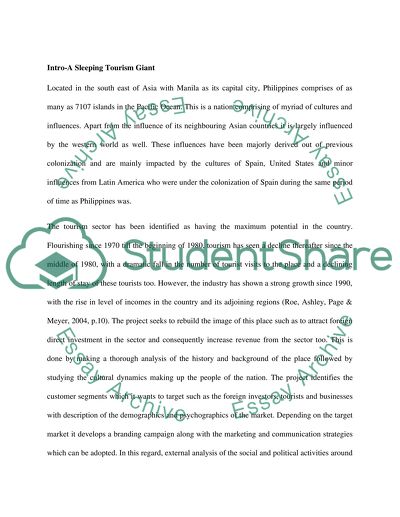Cite this document
(“Nation-building Research Paper Example | Topics and Well Written Essays - 3500 words”, n.d.)
Retrieved from https://studentshare.org/geography/1393824-nation-building
Retrieved from https://studentshare.org/geography/1393824-nation-building
(Nation-Building Research Paper Example | Topics and Well Written Essays - 3500 Words)
https://studentshare.org/geography/1393824-nation-building.
https://studentshare.org/geography/1393824-nation-building.
“Nation-Building Research Paper Example | Topics and Well Written Essays - 3500 Words”, n.d. https://studentshare.org/geography/1393824-nation-building.


